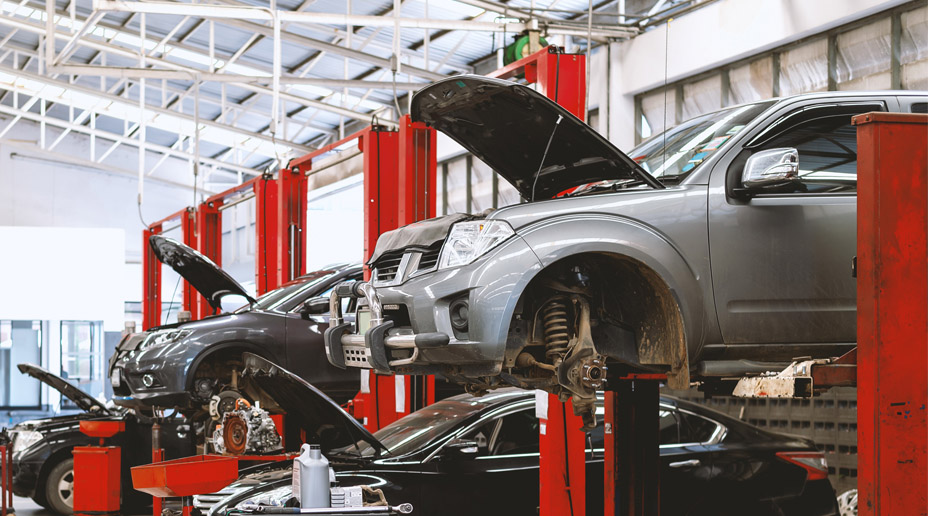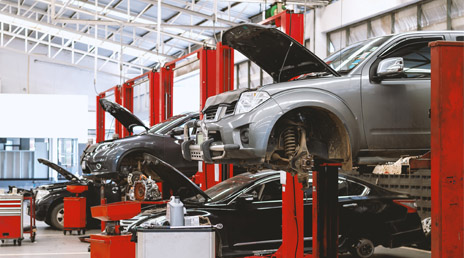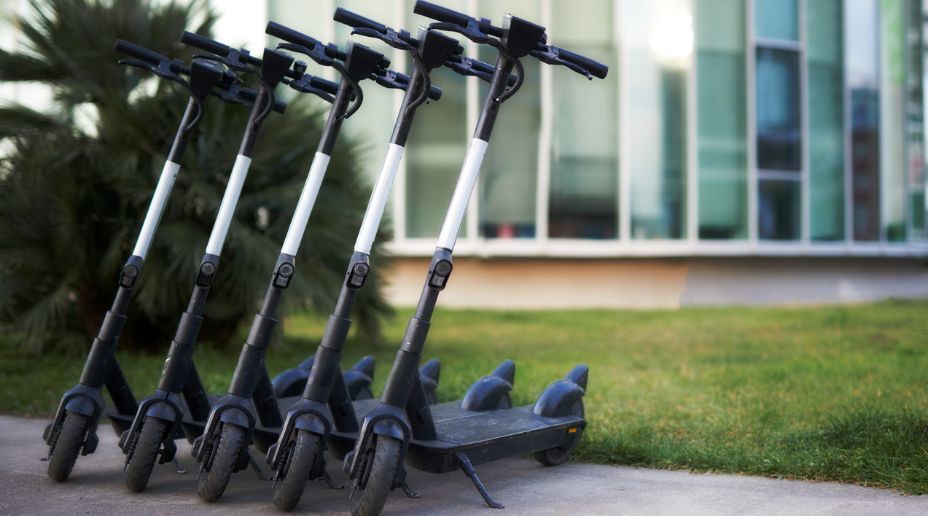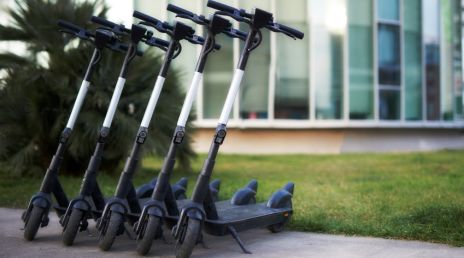The direct impacts of fire and / or explosion are clear from a health and safety perspective, including the potential for serious injury and / or loss of life.
There are also less obvious implications to consider. For example, a battery fire (particularly one resulting in thermal runaway) will also result in the venting of a range of gases from the batteries casings, including:
- Hydrogen - extremely flammable.
- Carbon monoxide - toxic and an asphyxiate, with potential to cause oxygen deprivation resulting in fatigue, breathlessness, disorientation / confusion, increased heart rate, and with continued exposure, a potential for death. Carbon monoxide is also flammable.
- Hydrogen fluoride gas - a highly toxic and corrosive colourless gas that can enter the body through inhalation. If dissolved in water it becomes hydrofluoric acid, which is also highly toxic and can enter the body through direct contact. Significant burns (that may not manifest for many hours), continued damage to skin and organs, permanent eye damage or blindness and death (toxic by inhalation) amongst the associated health effects.
- Other health effects - either through direct contact or through exposures created as a result of fire will in part be dependent on the type of battery involved, but it is worth noting that materials such as cobalt, nickel and aluminium, all have the potential to cause health issues ranging from nausea and abdominal pain to skin irritation and respiratory problems.
- Acknowledging that battery and task dependent, where batteries are handled, the potential for musculoskeletal disorders may also be a health-related consideration.






























